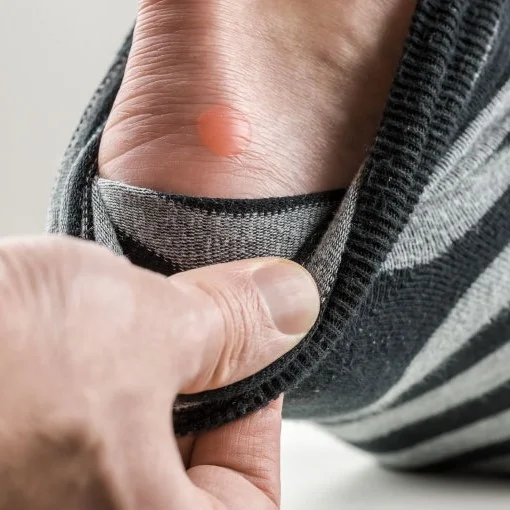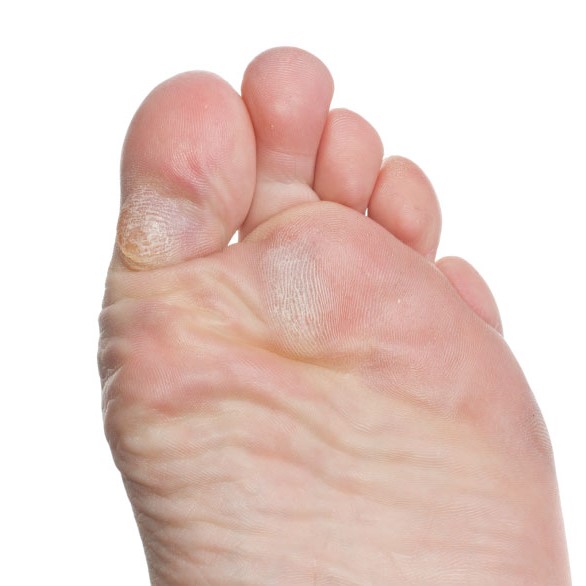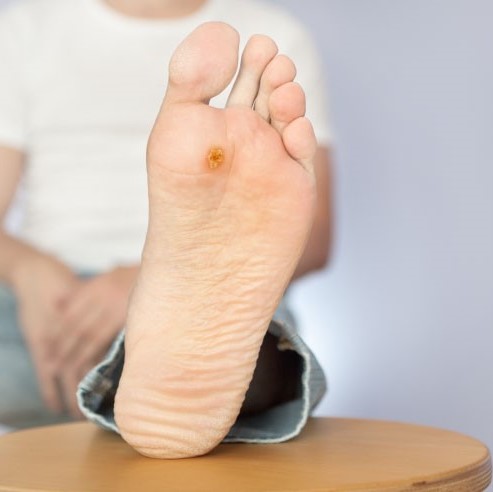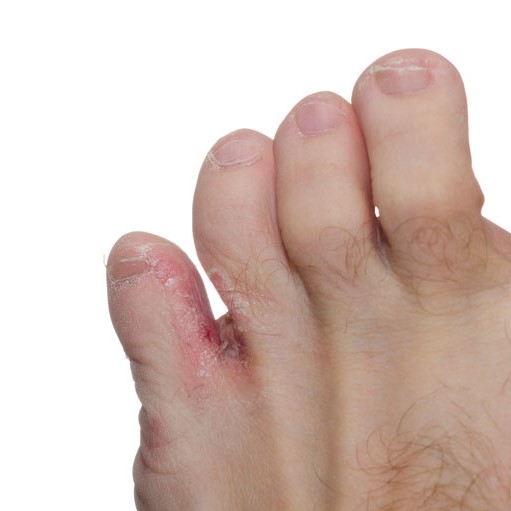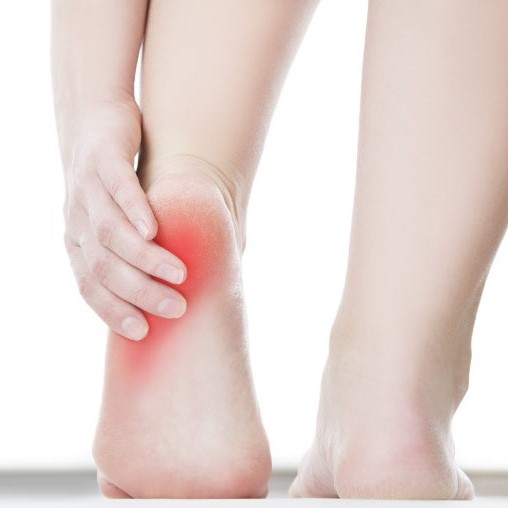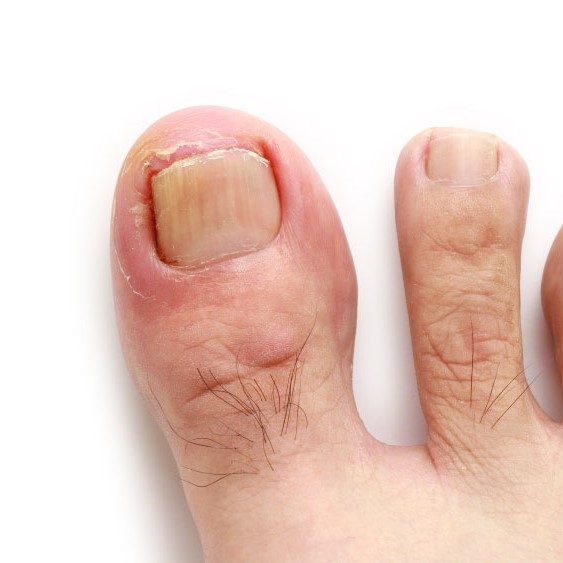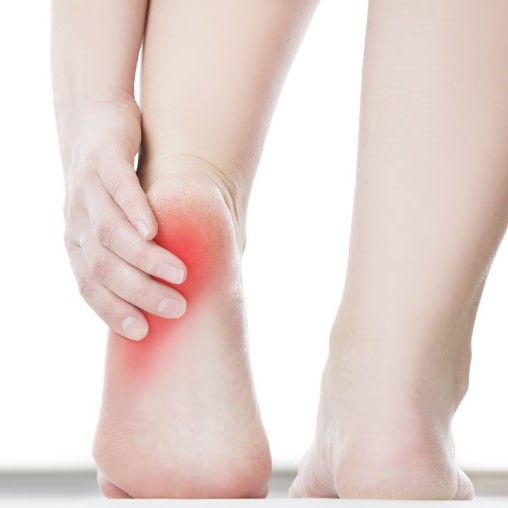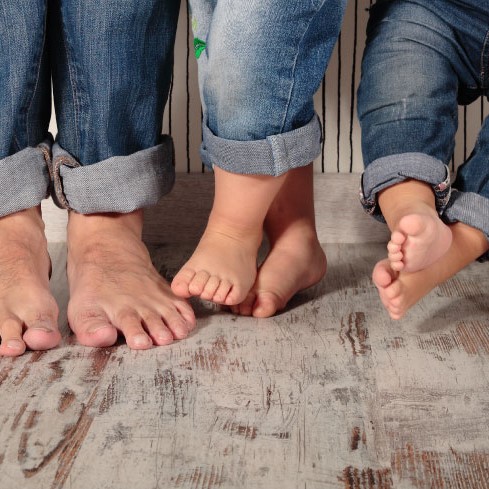Blisters
Did you know that most foot and leg problems can be prevented?
Blisters
What is a blister?
A blister is a pocket of fluid that develops in the top layer of the skin (epidermis). The fluid protects the damaged skin and allows it to heal. The feet are particularly prone to blisters because we walk on them, and the skin there is thicker and less mobile.
What causes blisters?
Blisters develop when the skin has to stretch too much. This is called skin shear. Heat, moisture and friction increase the likelihood of you developing a blister. So (you guessed it) ill-fitting socks and shoes raise their ugly heads again.
Treatment for blisters
As is often the case with medical conditions, the best treatment for blisters is prevention. So you really should have a strategy in place when you first walk out the door. Your approach will vary depending on the type and duration of activity you plan to do. For example, a 20-minute walk to the shops? Just choose appropriate footwear. But the Oxfam Trailwalker or Melbourne Marathon? You’ll want to plan things out a little more. Our podiatrists can take you through the different to prevent blisters according to your individual situation.
Most blisters that do develop are best left alone to protect the skin underneath so it can heal. Though you may wish to apply a dressing and reduce the friction to prevent more damage. If the skin has torn it’s also best to apply an antiseptic cream before dressing the blister to prevent infection.
There’s no need to suffer in silence. Your podiatrist can drain the fluid from a painful blister and use padding to take the pressure off the tender area. You should also see your podiatrist if the outer layer of skin has come off altogether as you’ll probably need a special dressing and longer-term plan.




